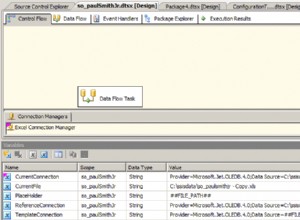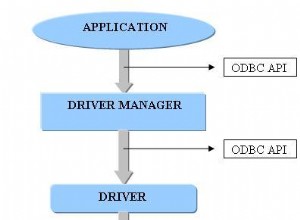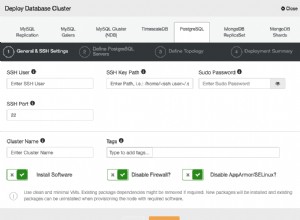Eine Möglichkeit ist die Verwendung von exists Prädikat mit einer korrelierten Unterabfrage, die prüft, ob das spezifische Symbol mehr als einen Preis hat.:
select * from table1 t
where exists (
select 1
from table1
where symbol = t.symbol
and price <> t.price);
Dies würde zurückgeben:
| Date | Type | Symbol | Price |
|------------------------|------|-----------|--------|
| June, 30 1995 02:00:00 | gaus | 313586U72 | 109.25 |
| June, 30 1995 02:00:00 | gbus | 313586U72 | 108.94 |
| June, 30 1995 02:00:00 | agus | SRR | 10.25 |
| June, 30 1995 02:00:00 | lcus | SRR | 0.45 |
| July, 01 1995 02:00:00 | gaus | 313586U72 | 109.25 |
| July, 01 1995 02:00:00 | gbus | 313586U72 | 108.94 |
Bearbeiten:Inspiriert von Gordon Linoffs cleverer Antwort könnte eine andere Option darin bestehen, avg() zu verwenden als Fensterfunktion:
select Date, Type, Symbol, Price
from (
select Date, Type, Symbol, Price, avg = avg(price) over (partition by symbol)
from table1) a
where avg <> price;
Bearbeiten:mit einer Überprüfung, um sicherzustellen, dass nur Duplikate am selben Datum zurückgegeben werden:http:/ /www.sqlfiddle.com/#!6/29d67/1




